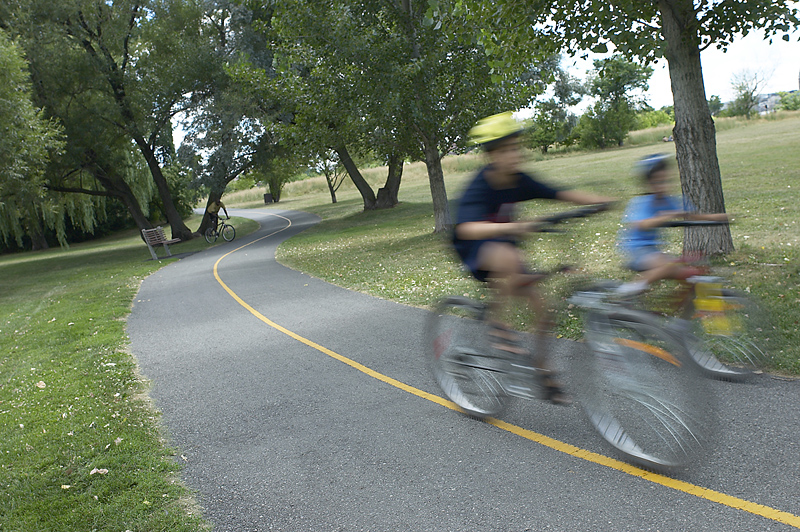
MONDAY, April 7, 2014 (HealthDay News) — Teens whose brain chemistry is less affected by stressful situations could be at increased risk for car crashes, a small Canadian study suggests.
Safe-driving teens appear to have higher levels of the stress hormone cortisol, said study author Marie Claude Ouimet, an associate professor of medicine and health sciences at the University of Sherbrooke, in Quebec.
The brain calls for the release of cortisol as part of its “fight-or-flight” response to stressful or dangerous situations. In the study, teens more likely to crash or come close to crashing a car tended to have less cortisol in their system — indicating that their response to a risky situation may be blunted in some way, researchers say.
“It tells us that maybe some people are more neurobiologically predisposed to risk-taking, or maybe less able to change their driving as a result of experience,” said Ouimet.
The World Health Organization says traffic crashes are one of the leading causes of death worldwide for people aged 15 to 29, with the risk at its highest during the first months after teens receive their licenses, according to background information provided in the study.
Using cortisol to track stress response, officials in the future may be able to determine whether certain teens need more training to reduce their risk of crashes, Ouimet suggested.
She and her colleagues tracked 42 volunteers in the United States, all aged 16, for the first 18 months after they received their driver’s license.
At the start of the study, the researchers measured each teen’s stress response by asking them to solve a series of math problems, telling them that $60 would be awarded to the person with the highest score.
Doctors took saliva samples from teens to measure their cortisol levels before and after the math problems, and used those samples to estimate each kid’s response to stress.
The teens were then let loose on the roads, in cars that measured their driving behavior using a series of sensors, cameras and GPS.
Researchers found that the teens with a higher cortisol response to stress were less likely to crash or experience a near crash, according to the results published online April 7 in the journal JAMA Pediatrics.
Teens with a greater stress response also experienced a faster decline in their crash/near crash rate over time, indicating that their driving safety improved more quickly than that of teens with a low cortisol response to stress.
The gender of the driver did not matter — the driving risk of both boys and girls appeared linked to their cortisol levels, the study found.
“This might help explain why some people are more predisposed to risk and less able to change their behavior as a result of experience,” Ouimet said. “If you do not experience stress in a stressful situation, then maybe it means that if you’re very stressed you’re more likely to learn from that experience and not want to repeat it.”
However, parents should not expect to see a test available anytime soon to determine their teens’ driving risk, said Dr. Karen Sheehan, medical director of the Injury Prevention and Research Center at Lurie Children’s Hospital of Chicago.
“As intriguing as their research results are, it is too soon to say we have a clinically useful marker to use to screen teens for increased risk of crashes,” Sheehan said. “The results do help remind us that every teen is different in their risk-taking behaviors and/or their response to stress, and as we teach them to drive we need to keep this in mind. Some teens may need more supervised driving experience than others before they are ready to drive solo.”
Although the study tied lower cortisol response to stress to higher risk of car crashes, it did not prove cause-and-effect.
More information
To learn more about cortisol and the body’s stress response, visit Rutgers University.
Copyright © 2025 HealthDay. All rights reserved.

